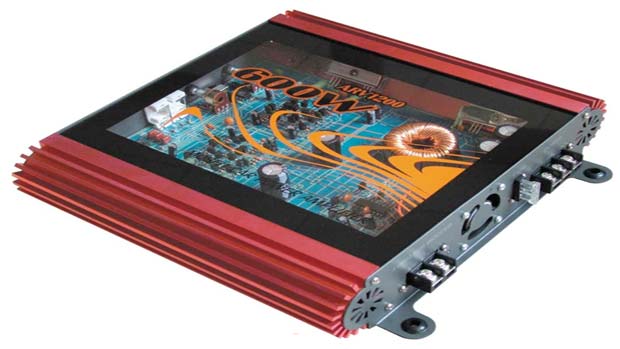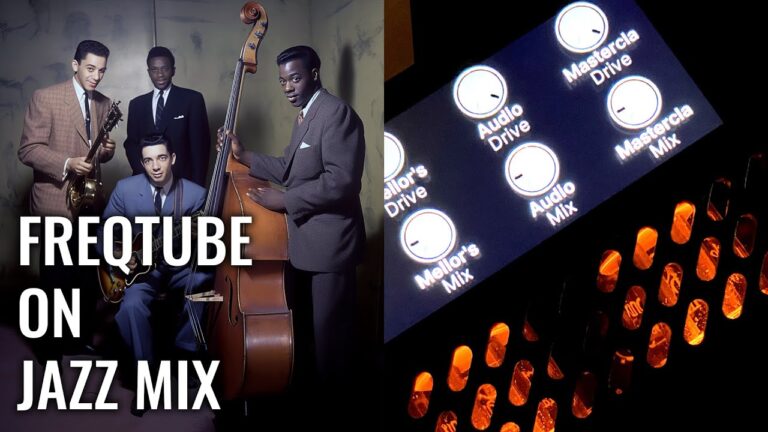Power amps: Class A, Class, B and Class D

Power amps have a tough job to do, particularly in live sound. A 1000 watt amplifier, for instance, might be called upon to deliver up to 60 volts at a current of up to 16 amps. And don't forget that 1000 watts, equal to 1 kilowatt, provided by an electric radiator would probably be enough to keep your studio warm in winter. That's a lot of power to control.
There are a number of 'classes' in which power amplifiers can operate. Very small power amplifiers can operate in Class A. In Class A, there is a 'standing current'. This means that a current flows through the output transistors (or tubes) all the time that is as large as the maximum current that will ever be delivered to the loudspeakers. Imagine a river flowing through its normal channel, then diverting that flow to a watermill to do some useful work. Plainly, quantity of water, or current, is never going to be a problem.
But in a Class A amplifier, this standing current causes a different problem in itself - heat. Heat is of concern both in the output devices and the amplifier's own power supply. For this reason, it is rare to see a Class A power amplifier with an output greater than 20 watts or so. (You will sometimes see microphone pre-amplifiers described as Class A. These classes apply even for small signals, but at small signal levels there really isn't any point in using anything other than Class A. So in this context, Class A should just be expected - it isn't a bonus in any way).
The solution to the lack of efficiency of Class A is to use Class B. In Class B there is no standing current in the output devices. It is supplied to the loudspeakers as and when needed, and only as much as is needed. The problem in Class B is that there is a switching effect between the positive and negative half cycles of the waveform. To cure this, a small standing current is provided, making the amplifier Class AB, which the vast majority of power amplifiers are.
Although Class B is more efficient than Class A, meaning that less energy is wasted, it is still only 70% efficient at best. This means that 30% of the energy is transformed into heat inside the amplifier, which means that the amplifier must have large heatsinks or a fan to dissipate the waste heat.
But then there is Class D. Class D works in an altogether different way. Here, the amplifier switches rapidly between zero volts and maximum volts. There is no in-between level. But the time it spends on maximum is in proportion to the level of the input signal. So the amount of current made available by a Class D amplifier is proportional to the input. The high switching frequency is filtered out leaving just the amplified audio signal that is sent to the loudspeakers.
The efficiency of a Class D amplifier is determined by the 'rise time' - the time it takes to go from zero volts to maximum volts. The faster this can be, the more efficient the amplifier is and the less heat produced actually in the amp. Typically, Class D amplifiers can approach 90% efficiency.
This means that Class D amplifiers can be incredibly small and lightweight, because they simply do not need the massive cooling of normal Class AB amps. It has to be said that in purist circles, there is still a doubt about the ultimate sound quality of Class D amplifiers, but for live sound they seem set to take over the industry. Amp racks have never been so small, and since Class D amplifiers are lightweight, there is no barrier to their use in active loudspeaker systems.






























